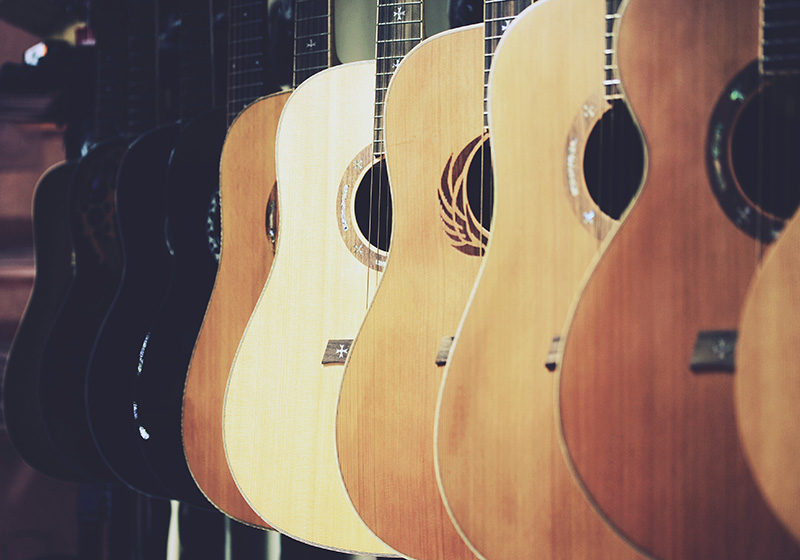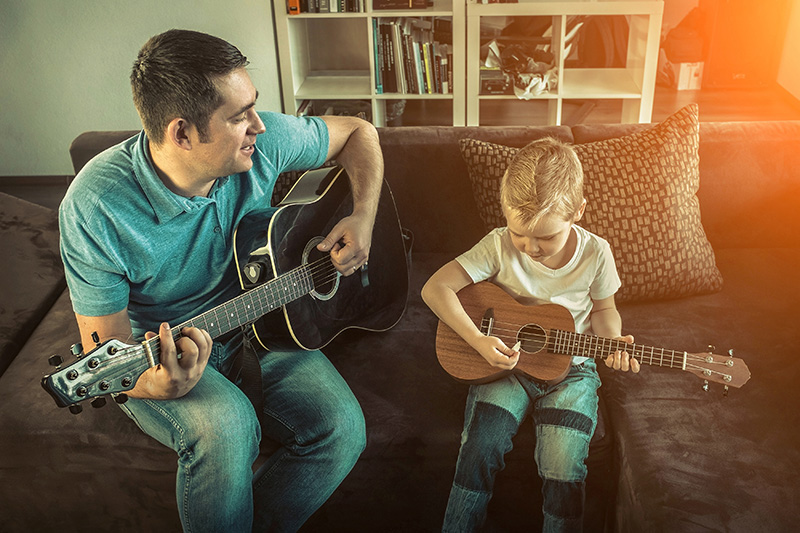Classical music is an excellent way to stimulate the brains of children. No matter how old your child is, it’s never too late to introduce him or her to the rich and complex world of classical music. Some of the greatest composers in history have been from the Classical era, including Mozart, Haydn, and Beethoven. These memorable musicians have created music that will be bound to get your child hooked if presented in the right way. Classical music also offers an opportunity to educate children about different time periods in history. The benefits of learning classical music are endless, so it’s no surprise you’re interested in exploring ways to introduce this art form into your child’s life.
Let’s take a look at some great ways to introduce classical music to children:
Pick a piece they can dance to
The first step to introducing children to classical music is to get them to take interest in it. This is an important step because first impressions matter and children often make up their minds on whether or not they like something pretty quickly. For this reason, you’ll want to make sure you play music that you can easily incorporate an activity or game into.
Try playing “In the Hall of the Mountain King” for your child. This is a fun piece of music to dance along to because it gradually increases tempo and volume. You can ask your child to dance in ways that match the movements. For example, you might crouch down low and create small, slow movements during the beginning of the piece, and then rapidly speed up your movements and increase their size at the end of the piece. This piece offers an excellent opportunity to introduce the concept of dynamics and timbre that should be taken advantage of.
“The Carnival of Animals” by Camille Saint-Saens is another great suite to use when introducing children to classical music. This suite is a set of fourteen pieces, each of which is inspired by a different animal. The pieces have a humorous quality and are short in duration, which will work well with the short attention span of a child. This is a great suite to use if your child is learning the names and characteristics of different animals. In order to engage your child, you can ask them to draw pictures of each animal as the suite progresses.
Take them to a classical performance
Introducing your child to the world of classical music performance is another great way to get them hooked. Seeing a live show for the first time can be a magical experience. With the bright lights, excellent acoustics, and the remarkable talent on stage, it’s almost guaranteed that seeing classical music live will be an experience for the books.
Picking the right show will take some thought. If your child is very young, it’s not advisable to bring them to hear a Beethoven piano concerto in a room full of adults. The atmosphere will be too serious, and you want to let your child engage with the music as much as possible. Often, symphony orchestras design shows specifically for children. For example, a symphony orchestra near you might play the soundtrack from a popular children’s movie. This would be a great performance to bring your child to, as there won’t be as many expectations to be perfectly quiet, and there will be lots of other children in the audience.
Introduce them to an instrument
The next step is to introduce your child to an instrument that will allow them to play classical music. Playing an instrument is one of the most obvious ways to become engaged with the classical music world. The best way to grow an appreciation for classical music in your child is to let them choose the instrument they’ll be playing. It’s important to develop intrinsic motivation in your child, and giving them a sense of agency over what they spend their time doing will help with this.
Two great instruments to introduce your child to are piano and guitar. The piano is a great instrument for young children to learn because it’s highly visual. Your child will be able to learn where different notes are based on the patterns of black and white keys. Teaching correct posture to children on the piano is also quite manageable. While they may not be able to reach the pedals if they’re really young, you’ll be able to teach them the correct hand positions with relative ease.
If you want to introduce your child to classical guitar, make sure you find a teacher who knows how to play fingerstyle music. Guitar technique varies much more than piano technique, so some teachers will specialize in pick playing, while others will specialize in fingerstyle music. The guitar is an excellent instrument to introduce to your child because it is extremely versatile and will allow them to explore many different genres. If your child decides they would like to engage with other styles of guitar in addition to classical music, you can consider purchasing them an acoustic guitar. Take a look at this article on the best acoustic guitars for small hands for more information.
Reflect
Another great way to introduce classical music to children is to emphasize the importance and significance of this art form. Try to encourage your child to express his or her thoughts and feelings about a particular piece. For example, if you play the “Surprise” movement from Haydn’s Symphony No. 94, you could ask your child to describe his or her feelings
You can also use classical music as a way to teach your child history. An effective way to introduce classical music to children is to create the zeitgeist of the Enlightenment period through games and activities. A great way to do this would be to experiment with creating different costumes inspired by the 1700’s that your child can dress up in and use to create a play. The play can be accompanied by a soundtrack that involves classical pieces your child has chosen.
In Conclusion
Hopefully, you found this article on how to introduce classical music to children helpful. Classical music is a great tool that can be used to educate children of any age group. Make sure you choose fun and energetic pieces for your child to listen to, as creating a good first impression is important. Once you’ve shown your child the world of classical performance, you can encourage them to take things a step further by choosing an instrument and reflecting on their favorite pieces. Who knows, maybe you have a future classical musician on your hands.



